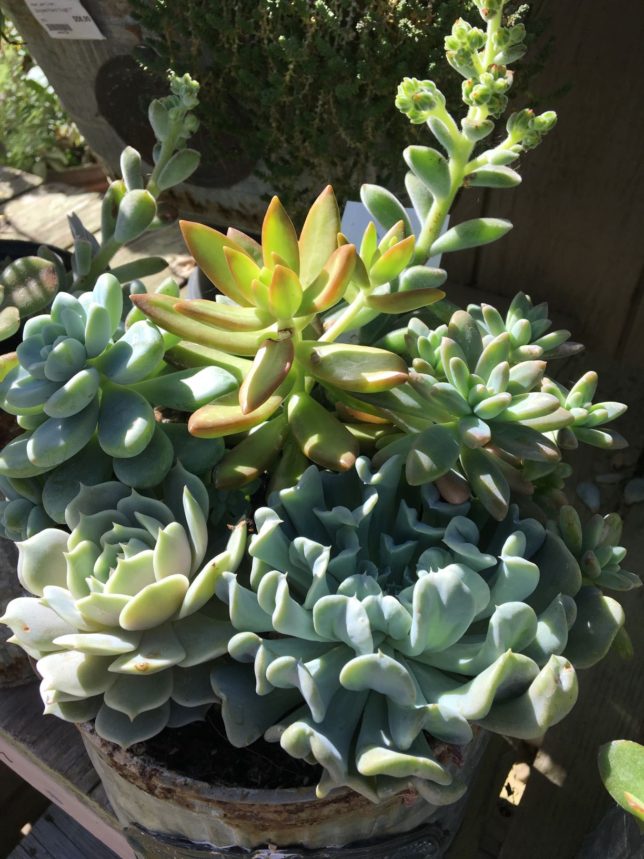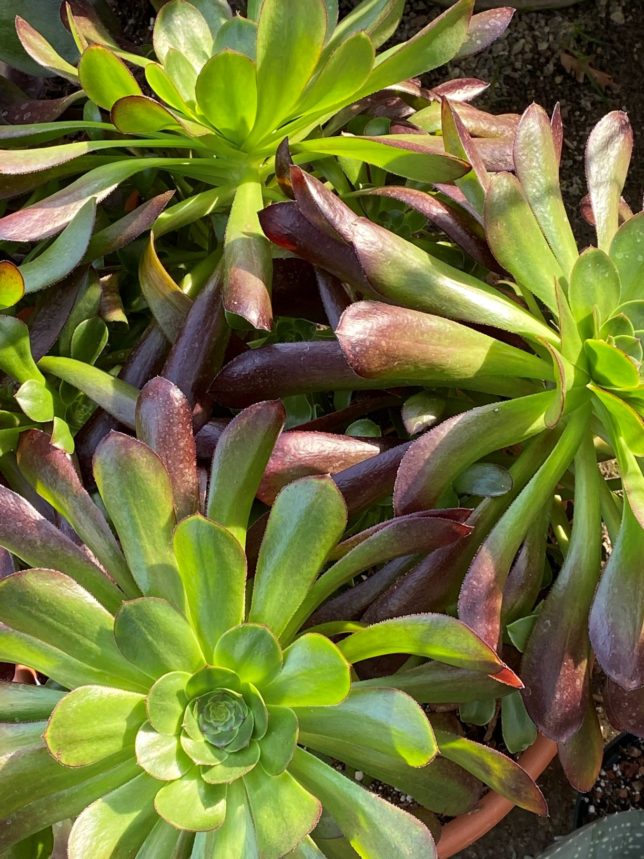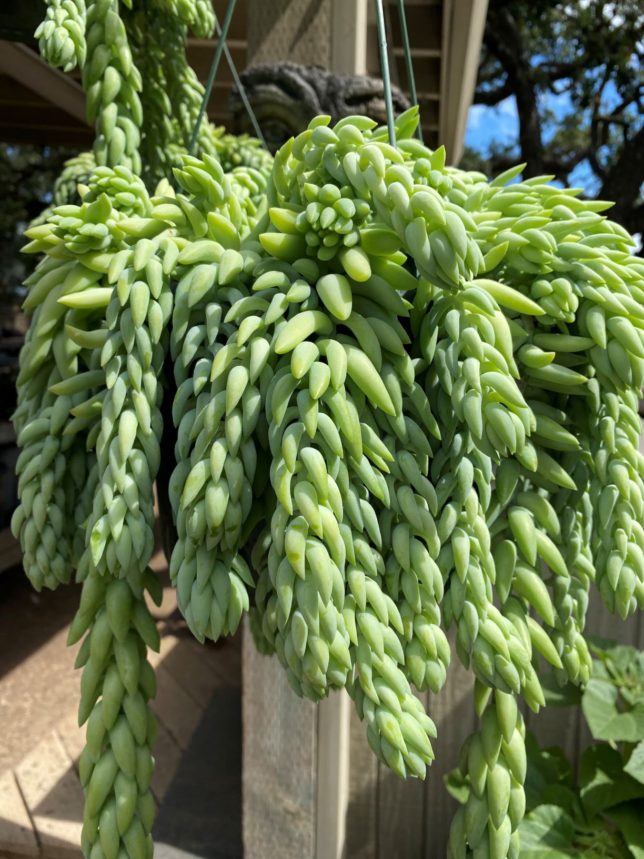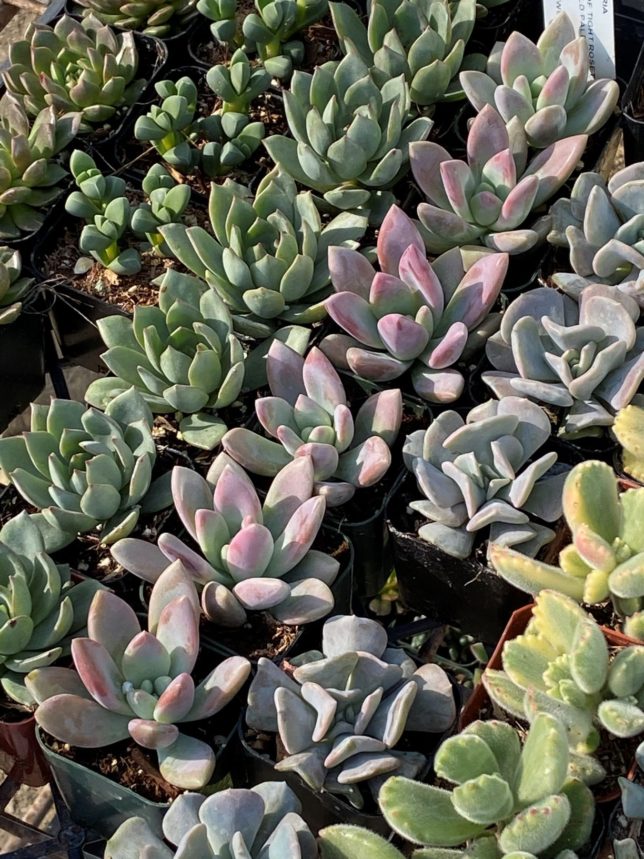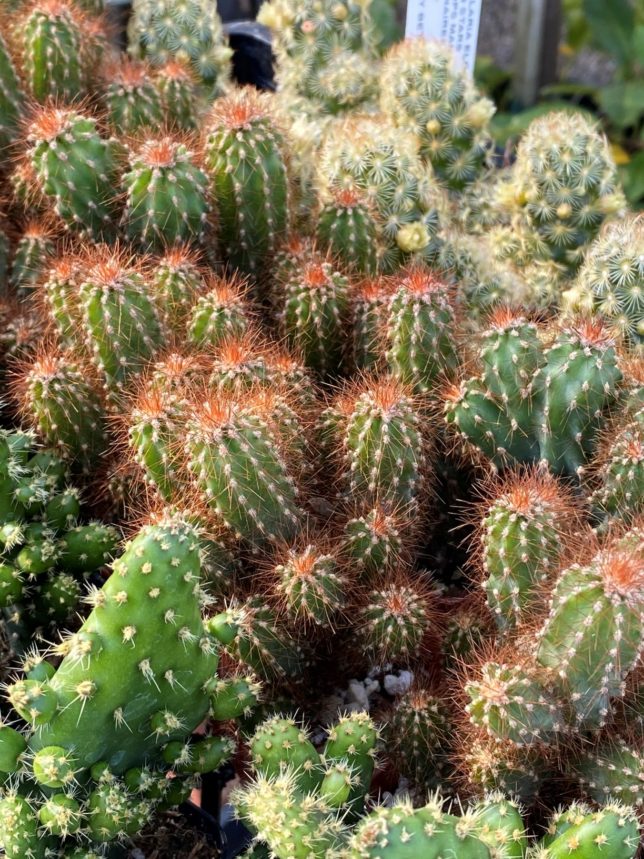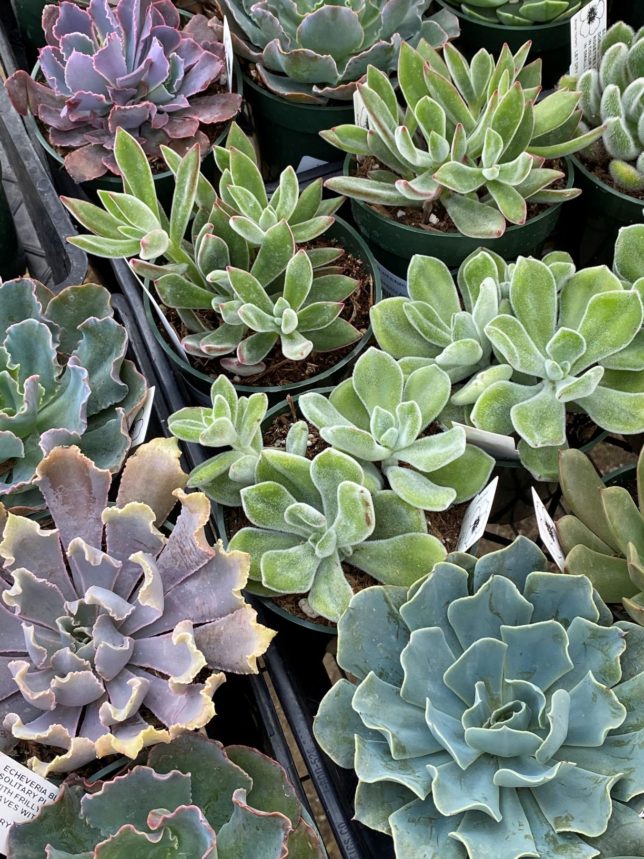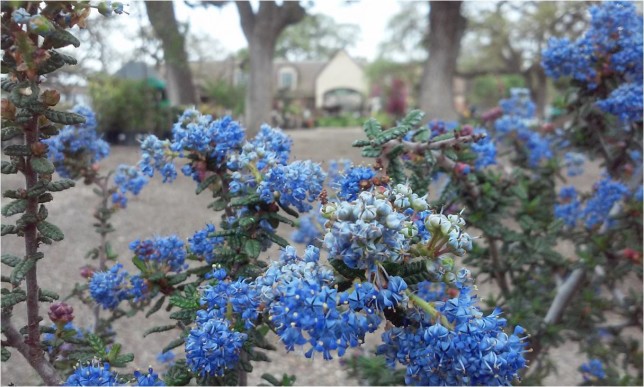
An Occasional Look at Some of Our Hard-Working California Native Plants
What’s so smart about adding California native plants to your landscape? The simple answer is the delightful experience of growing a tree, shrub or perennial that gives back in so many ways. The sight of a flock of Cedar Waxwings feasting on Toyon Berries. Screaming orange California Poppies peppering the roadside. The summer surprise of big pink and purple orchid-like flowers blooming on a desert willow. A cold hummingbird is enjoying a sip of nectar from a February blooming manzanita. After you fall in love with these plants for who they are and what they bring to your garden, you’ll appreciate their good looks and practicality, thriving with whatever nature throws at them – hot, dry summers and cold, sometimes rainy winters. Here’s a focus on small native trees, usually grown with a multi-trunk form:
Western Redbud Cercis occidentalis – Beauty in every season, from the showy pink flowers clinging tightly to bare branches in spring, to the pretty heart-shaped leaves which turn a rich yellow in the fall.
Ray Hartman Ceanothus Ceanothus ‘Ray Hartman’ – Grow this as a single trunk tree, or plant it as a shrub and sculpt it into an attractive, purple-blue flowered evergreen tree.
Desert Willow Chilopsis linearis – Long narrow willow-like leaves belie the water sipping nature of this small tree. Pick one with the flower color you prefer, from pale pink to deeper burgundy, purple or two tones. Enjoy the flowers as much as hummingbirds do.
California Buckeye Aesculus californica – Large palmate leaves graced by showy spikes of white flowers in late spring. Adapted to dry climates by dropping its leaves as early as August, it is nevertheless beautiful when bear with its ghostly pale gray limbs.
Flannel Bush Fremontodendron species – Big, bright yellow flowers bring the wow to this fast-growing, evergreen showstopper.

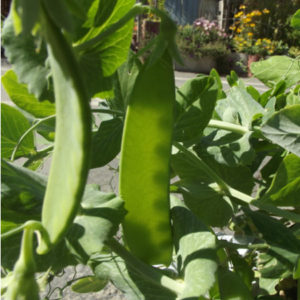
![checkbox[1]](https://www.aldenlane.com/m/wp-content/uploads/2015/04/checkbox1.gif) Select and plant spring-blooming bulbs this month and early next. Keep tulips, daffodils and hyacinths cool until the weather outside is wintery. Tulips & hyacinths benefit from being refrigerated for 4 to 6 weeks. Plant them by Thanksgiving weekend. Plant iris, freesia and others now.
Select and plant spring-blooming bulbs this month and early next. Keep tulips, daffodils and hyacinths cool until the weather outside is wintery. Tulips & hyacinths benefit from being refrigerated for 4 to 6 weeks. Plant them by Thanksgiving weekend. Plant iris, freesia and others now.![aster600[1]](https://www.aldenlane.com/m/wp-content/uploads/2015/09/aster6001.jpg)
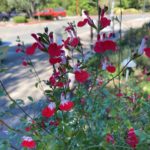
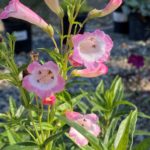
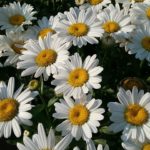
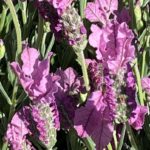
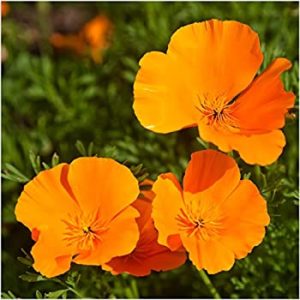
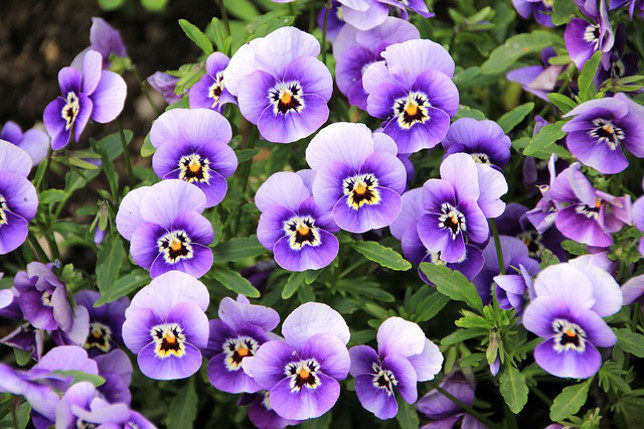
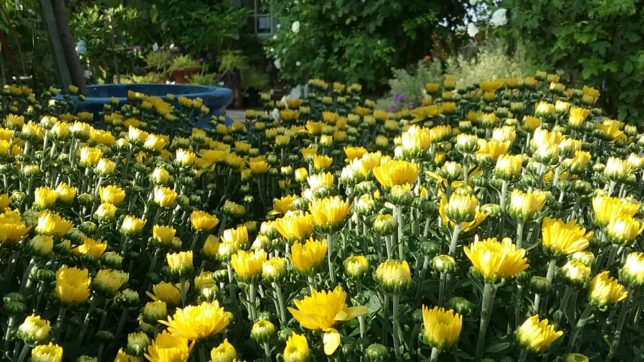
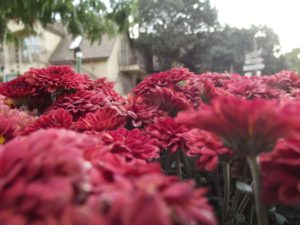
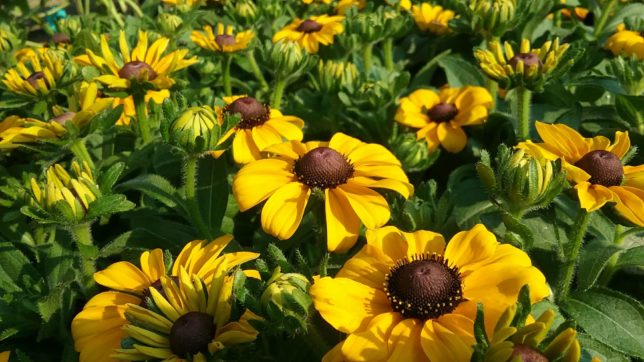
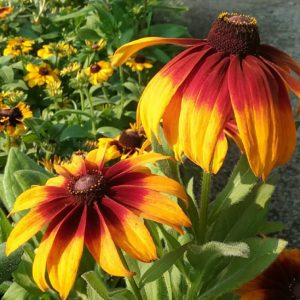
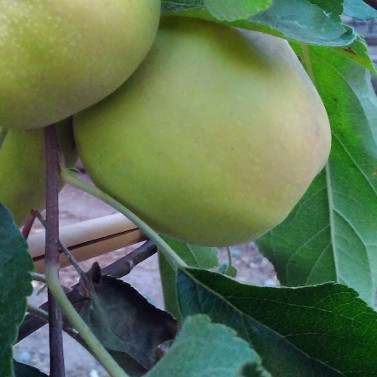 Have fun with fruit trees in your front or back yard. You don’t need acres of ground to experience the taste of freshly picked fruit. With today’s dwarf & semi-dwarf rootstocks, everyone can grow at least one fruit tree no matter how small your yard. Consider planting a fruit tree or two in your front yard.
Have fun with fruit trees in your front or back yard. You don’t need acres of ground to experience the taste of freshly picked fruit. With today’s dwarf & semi-dwarf rootstocks, everyone can grow at least one fruit tree no matter how small your yard. Consider planting a fruit tree or two in your front yard.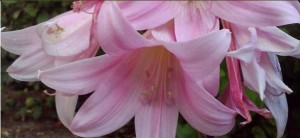 Amaryllis Belladonna is a late summer/fall blooming lily which grows from a large bulb. They can survive with absolutely no additional water once established, putting on a lush display of strap-like leaves as soon as rains fall in November. By the dry days of summer, they shed their leaves again and remain hidden and protected to emerge in July as naked stalks reaching skyward to about 2 feet, then they bloom.
Amaryllis Belladonna is a late summer/fall blooming lily which grows from a large bulb. They can survive with absolutely no additional water once established, putting on a lush display of strap-like leaves as soon as rains fall in November. By the dry days of summer, they shed their leaves again and remain hidden and protected to emerge in July as naked stalks reaching skyward to about 2 feet, then they bloom.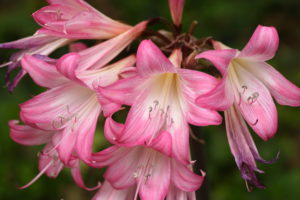 Amaryllis grow in full sun to light afternoon shade. You can find them naturalizing around old homes and wooded areas, a testament to their longevity without care. They can do well with or without regular water, but they don’t want to sit in water or moist soil.
Amaryllis grow in full sun to light afternoon shade. You can find them naturalizing around old homes and wooded areas, a testament to their longevity without care. They can do well with or without regular water, but they don’t want to sit in water or moist soil.